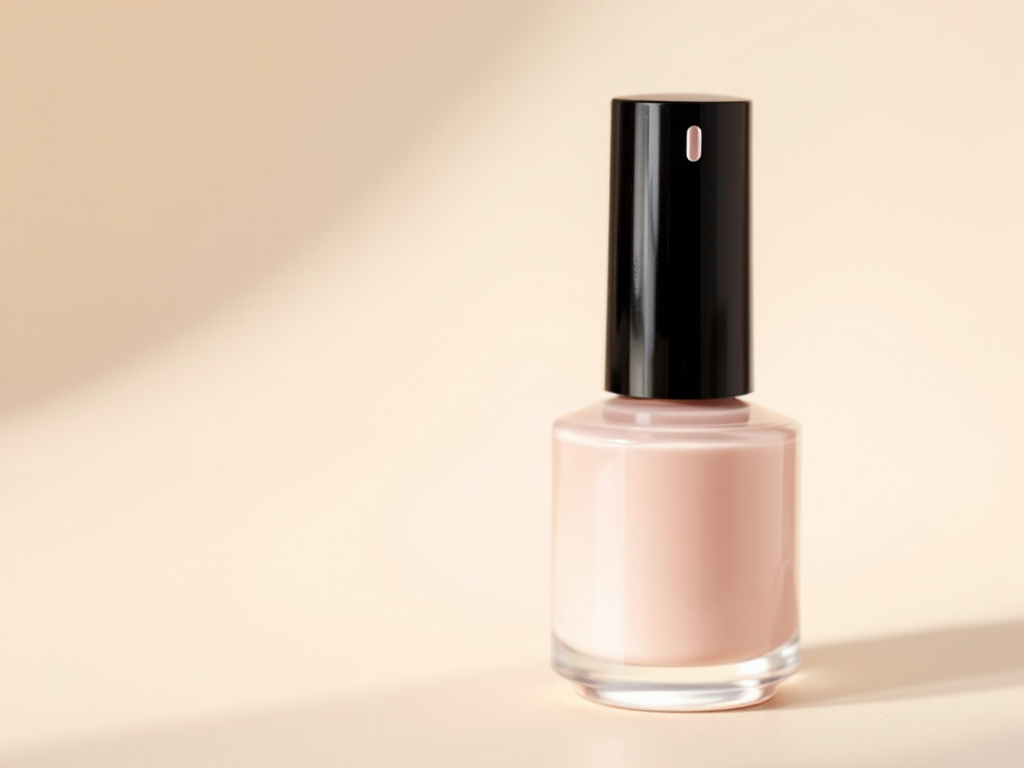Overview of thick and sticky nail polish
Dealing with thick and sticky nail polish can be a frustrating experience for many. Over time, nail polish can lose its original smooth consistency, becoming clumpy and difficult to apply evenly. This often happens due to exposure to air, improper storage, or the natural settling of ingredients. While it may seem like the only solution is to throw the bottle away, there are effective ways to restore its texture and make it usable again. Understanding the causes and remedies for thick nail polish can help extend the life of your favorite shades and ensure a flawless application every time.
Disadvantages of Thick and Sticky Nail Polish
1. Uneven Application: Thick and sticky nail polish often applies unevenly, leading to streaks, clumps, and an unprofessional finish. This can make it difficult to achieve a smooth and polished look.
2. Longer Drying Time: A thicker consistency significantly increases drying time. This not only requires more patience but also raises the risk of smudging or denting the polish before it has fully set.
3. Difficulty in Layering: Applying multiple coats becomes challenging, as the polish does not adhere evenly and can create a bulky, unattractive appearance on the nails.
4. Wasted Product: Sticky nail polish is harder to work with, and often a lot of product gets wasted as users struggle to achieve a decent application.
5. Shortened Lifespan: Thick nail polish is more prone to cracking and chipping, meaning your manicure will not last as long and may require frequent touch-ups.
6. Frustration During Use: The overall experience of using thick and sticky nail polish can be frustrating, taking more time and effort for less-than-satisfactory results. It can also lead to a dislike of using nail polish altogether.
7. Potential Nail Damage: Using thick and sticky nail polish can cause damage to the nails, as users may have to apply more pressure or use harsh techniques to achieve a decent application.
8. Harder Removal: Removing thick and sticky nail polish can be a tedious task, requiring more time and effort to dissolve and clean off completely.
9. Possible Contamination: As thicker polishes become older, they are at higher risk of contamination from bacteria or other microorganisms, which can potentially harm the nails and skin.
10. Health Concerns: Some ingredients in thick and sticky nail polish may be harmful if absorbed into the body, such as formaldehyde and toluene. It is essential to carefully read the ingredient list and consider potential health risks before using these types of polishes. Overall, thick and sticky nail polish can cause a variety of issues that can affect both the appearance and health of your nails. It is important to address these concerns to ensure a positive experience with nail polish application.
How to Make Nail Polish Less Thick/Sticky?
If your nail polish has become thick and sticky, don’t worry—it can often be restored to its original smooth consistency with a few simple steps. Here’s a detailed guide on how to make nail polish less thick:
1. Use a Nail Polish Thinner
Nail polish thinner is specifically designed to restore the consistency of thickened nail polish. Add 2-3 drops of thinner into the bottle to start. Gently roll the bottle between your palms to mix the product; avoid shaking it, as this can create air bubbles. Test the consistency, and if needed, add more drops gradually until the polish reaches the desired texture. Be careful not to overdo it, as using too much thinner may overly dilute the polish.
2. Avoid Using Acetone or Nail Polish Remover
While some may suggest using acetone or nail polish remover to thin out nail polish, this is not recommended. These products can break down the formula of the polish, potentially spoiling it further and leading to separation or short-term usability.
3. Warm the Bottle
Thick nail polish can sometimes benefit from a little warmth to soften its consistency. Place the tightly sealed bottle in a cup of warm water for a few minutes. Once warmed, remove the bottle and roll it between your hands to mix the contents evenly. This method is best for mildly thickened nail polish and is a quick fix in many cases.
4. Clean the Bottle Neck
Thick polish can sometimes result from product buildup around the neck of the bottle, which prevents it from sealing properly and exposes the polish to air. Use a cotton pad soaked in acetone to clean the neck of the bottle and the inside of the cap. Once clean, close the bottle tightly to help maintain the polish’s freshness and prevent future thickening.
5. Store Properly
Prevention is better than cure. Always store nail polish in a cool, dark place, away from direct sunlight and heat sources. Ensure the lid is tightly closed after each use to minimize air exposure, which can contribute to thickening over time.
6. Test and Adjust
After following these steps, test the polish by applying it to your nail. If it’s still too thick, repeat the process of adding thinner or warming the bottle, as needed. Be patient and make adjustments gradually to avoid over-thinning.
By taking these steps, you can extend the life of your nail polish and enjoy smooth, even applications. Maintaining proper care and storage habits will also help prevent your nail polish from thickening in the future.


Sweet internet site, super design and style, rattling clean and use genial.